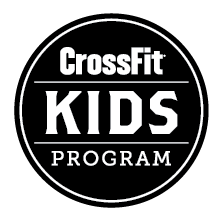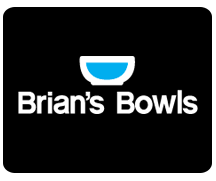19
Jan / 12
From the CFI Vault: Know Your Sugars
Categories: Nutrition
posted by: Marcus
Hopefully in all our posts about nutrition, we trainers have gotten across the importance of reading your labels on foods you buy. Nothing is worse than thinking you’re doing yourself good and yet having some undesirable ingredient inserted into your food.
One of the most common additives is sugar of some sort. Whether the dreaded HFCS or plain ol’ sucrose, you want to avoid these in your foods. Most specifically if you’re on the challenge, since you wouldn’t want to get DQ’d for something as lame as Heinz ketchup, right? (Most ketchups have sugar, Heinz uses HFCS.)
A good rule of thumb is that if the ingredient ends in -ose, it’s a sugar of some sort. Our friends at Whole9 ran an article last year that I linked to that covers this exact topic:
Today’s post is dedicated to calling out all of the sneaky ways SUGAR may try to hide in the foods you eat, and shining a light on the misleading claims that are made in support of one form of sugar or another. They (the high fructose corn syrup people, the agave people, the Stevia people) claim because a sugar is “natural” or “low on the glycemic index” or “non-nutritive” that it’s somehow healthy for us. On top of that, they sneak it in under the guise of a label that sounds vaguely plant-like and harmless, or in plain sight under its scientific name, easy to overlook because you just plain don’t know what it is. The truth? Sugar is sugar is sugar, regardless of the form it may take or the claims it might make. And on no planet does added sugar ever make you healthier.
Below is a list of the most commonly employed sneaky ways “they” find to sweeten the foods we eat. Don’t be fooled. Educate yourself, read your labels and avoid regular consumption of products with added sugar, in any form.
There’s a long list of the different sugars, both natural and artificial, over at the original post at Whole9. I don’t want to completely plagiarize their post, so go there — now — and educate yourself!
WOD 01.19.12
Skills Day
Hip Mobility
Squat Therapy
Handstands


 310.465.6565 |
310.465.6565 |

























comments